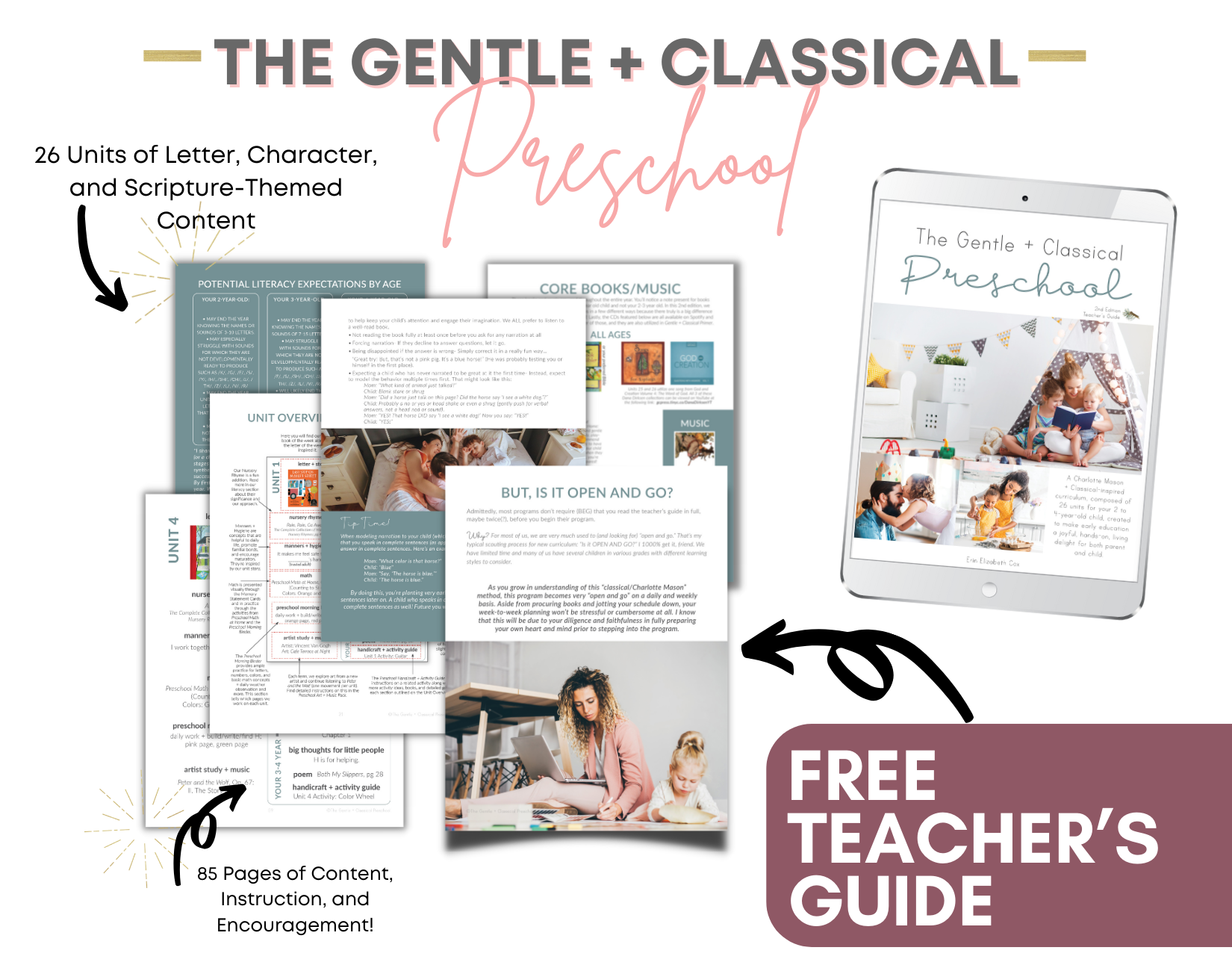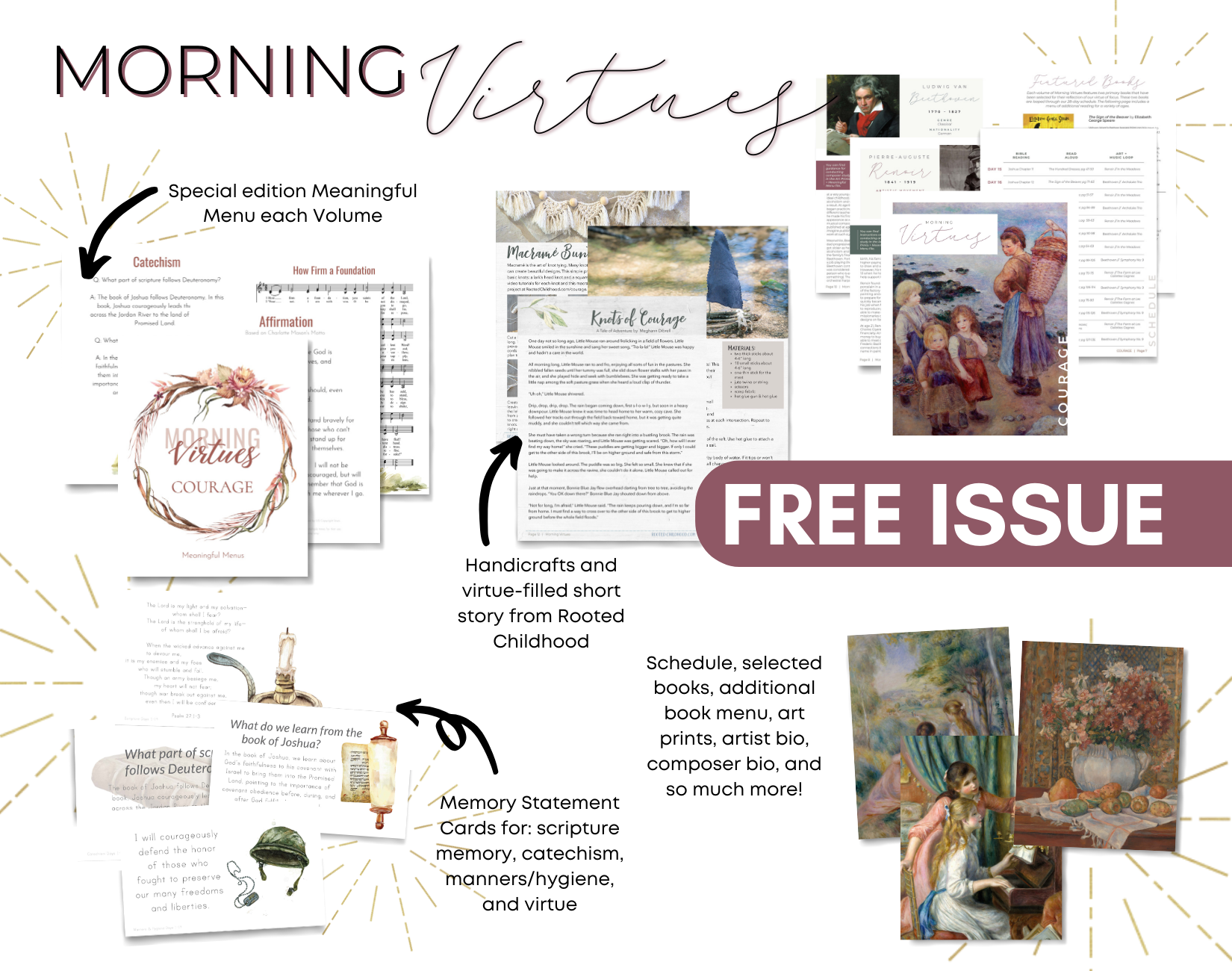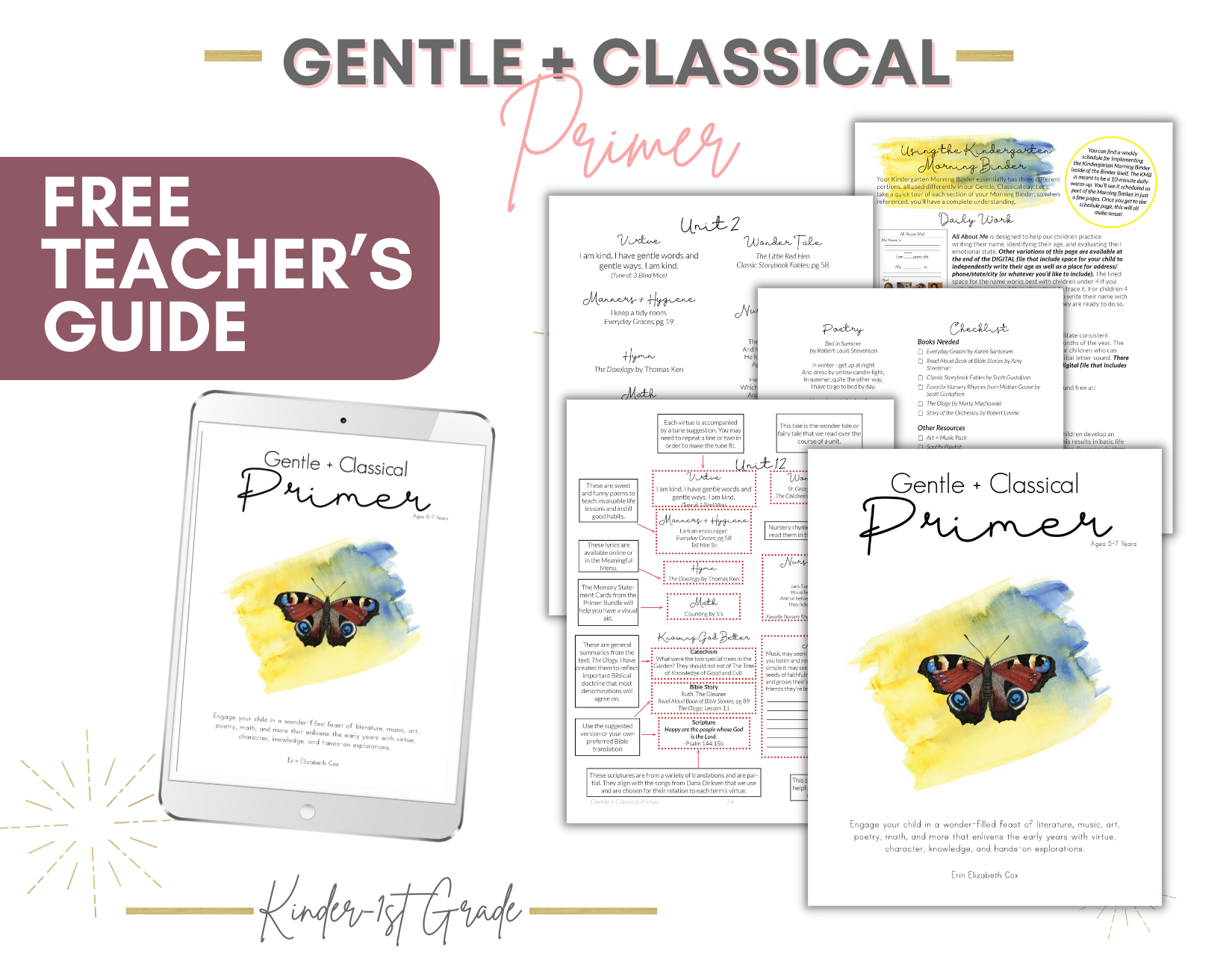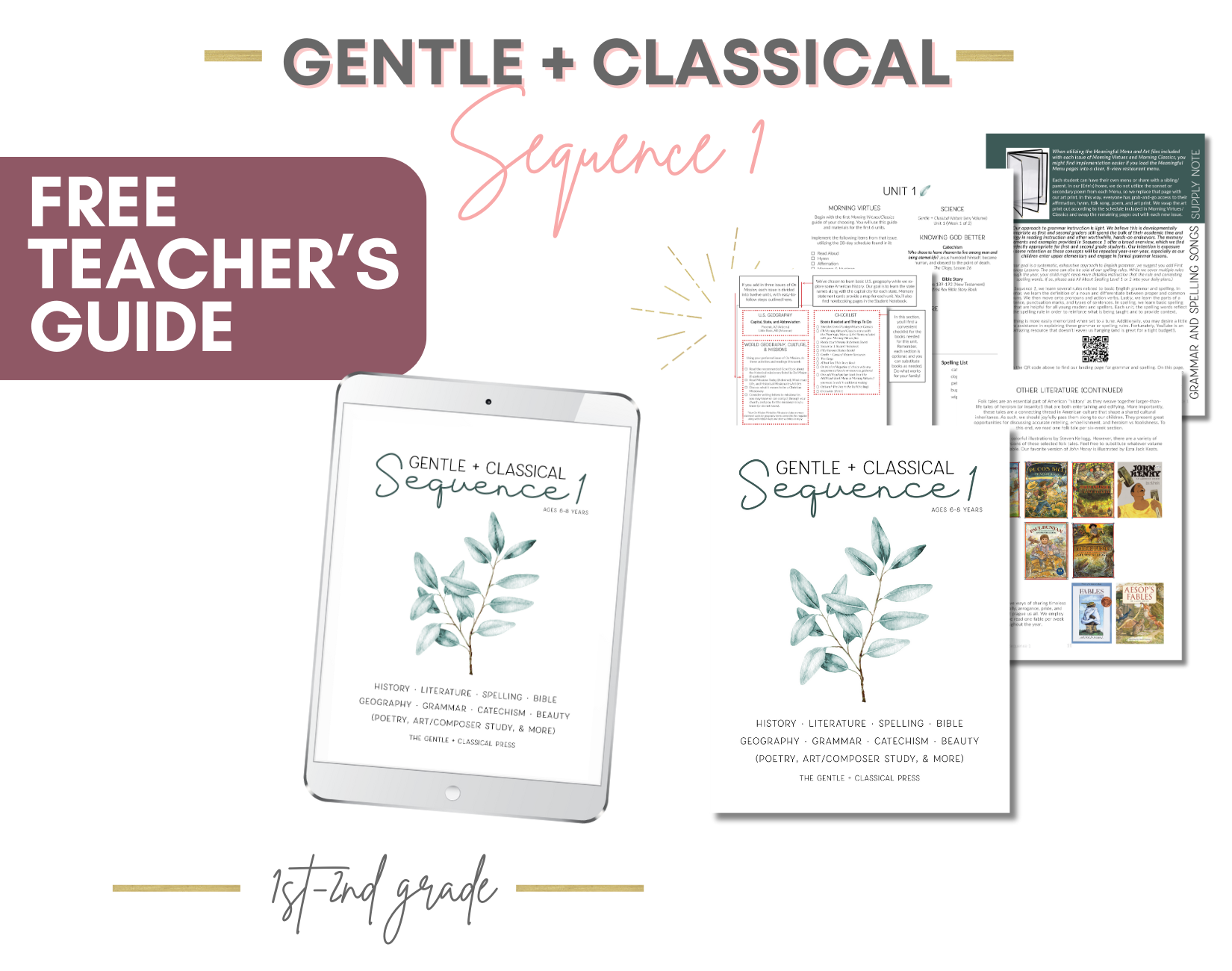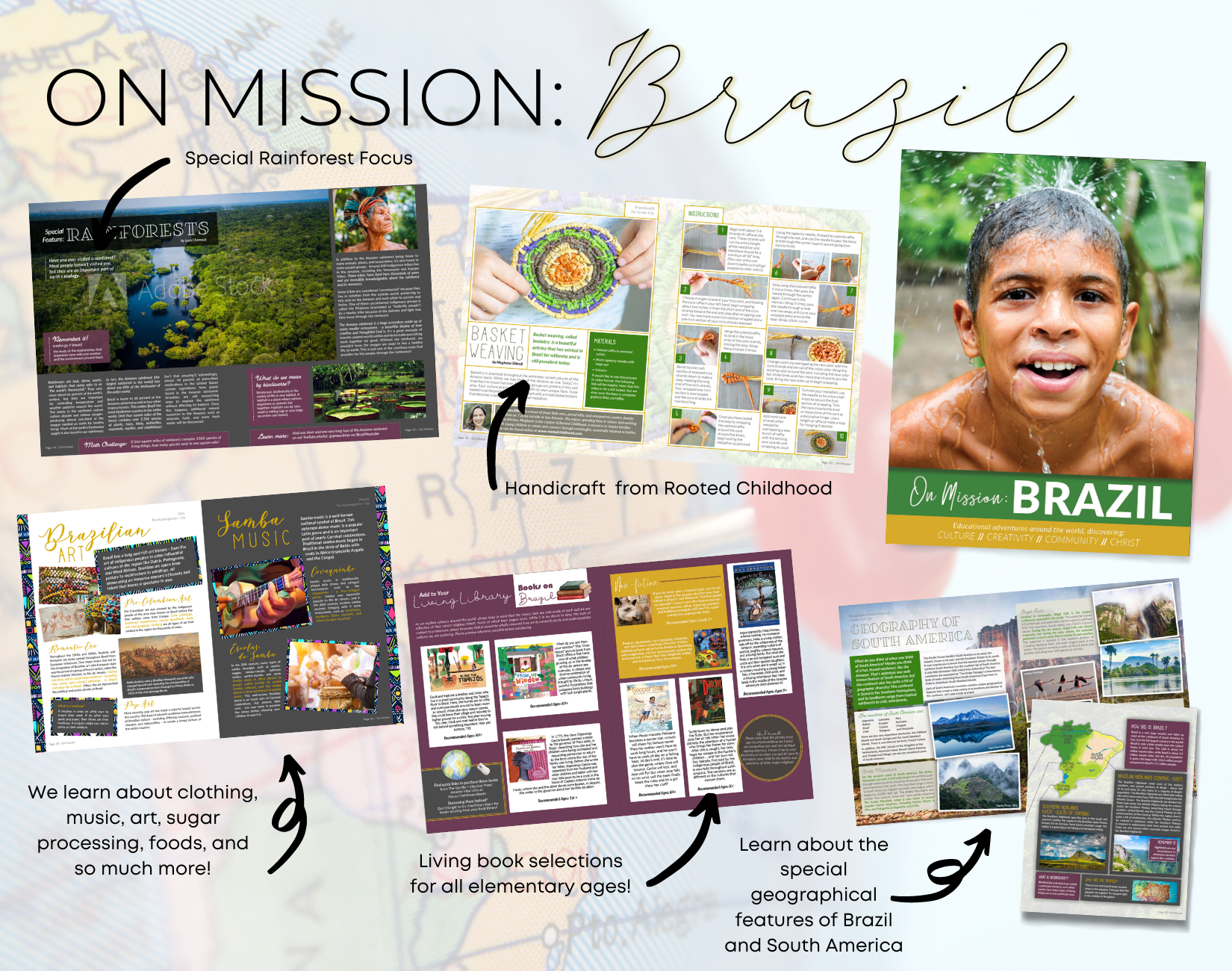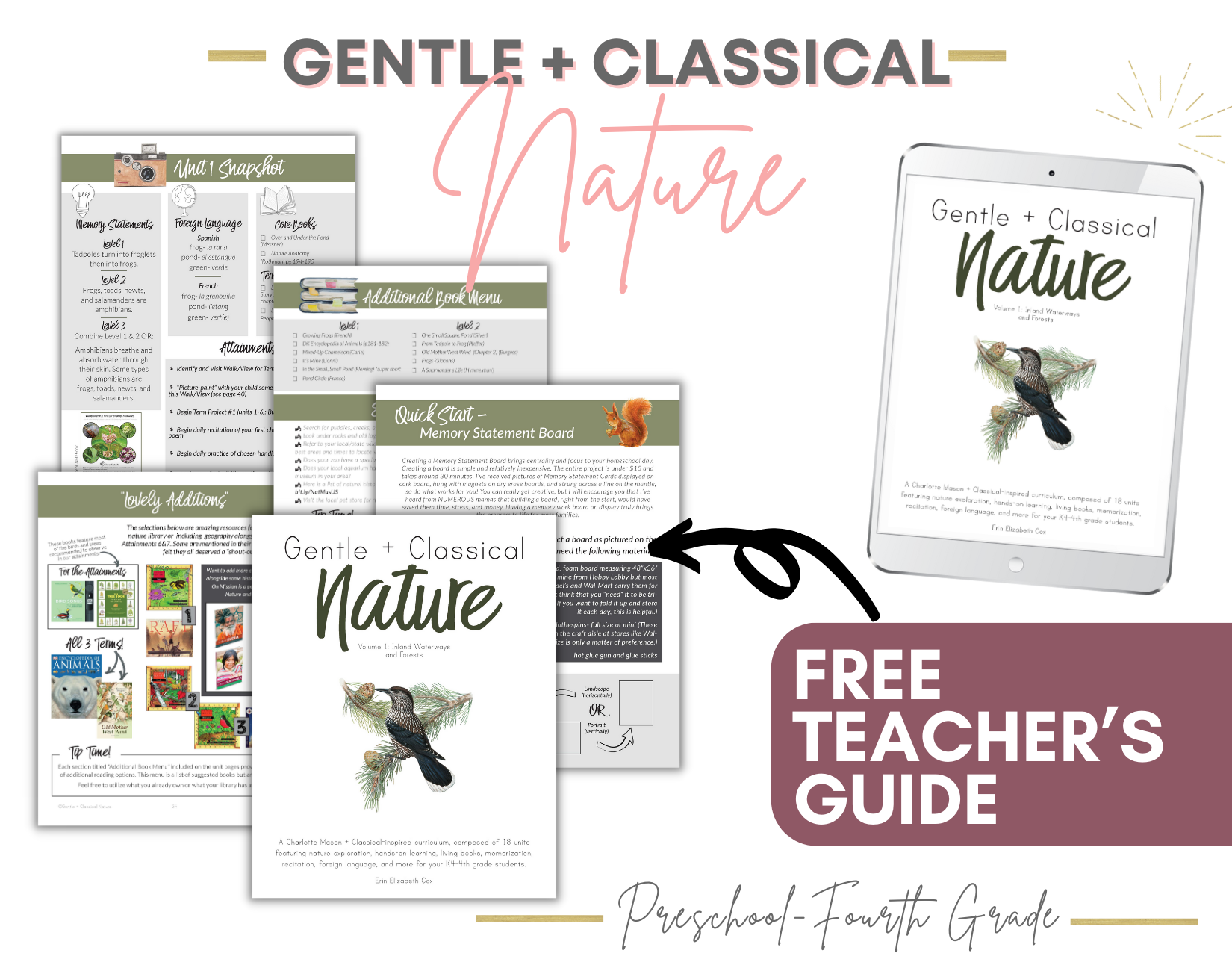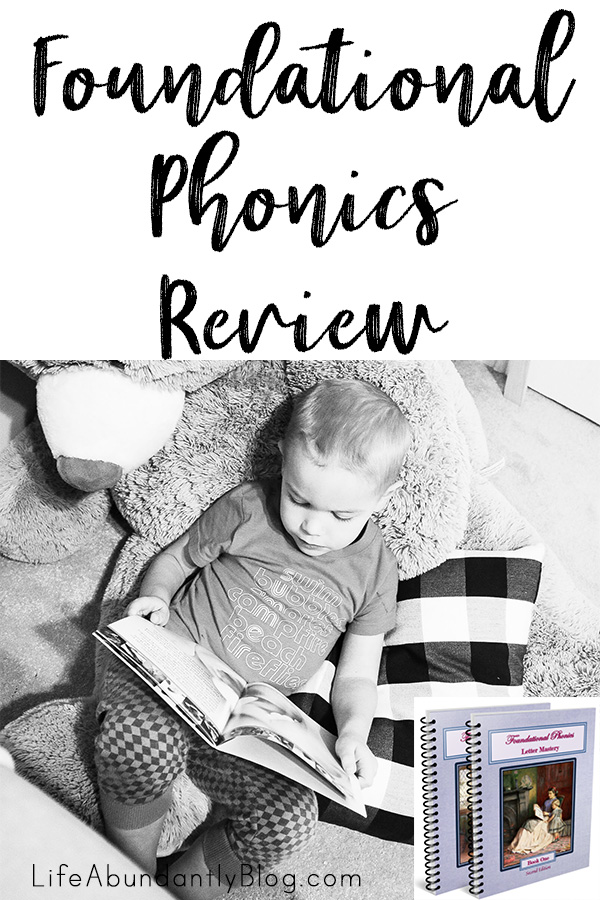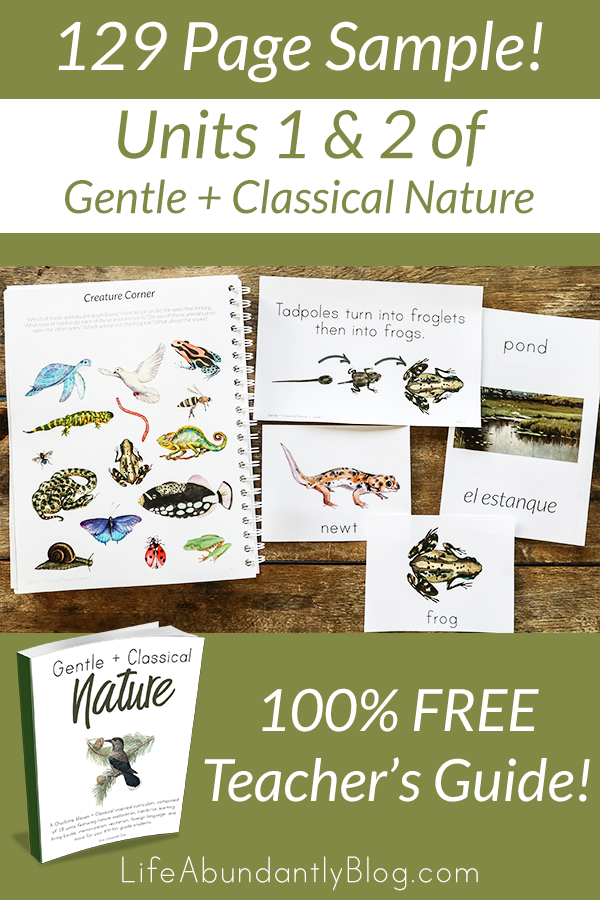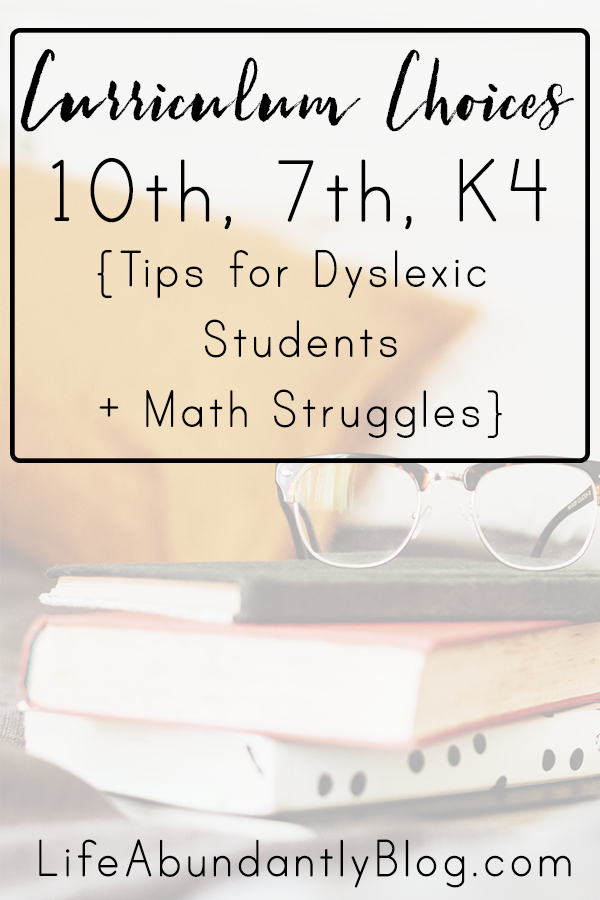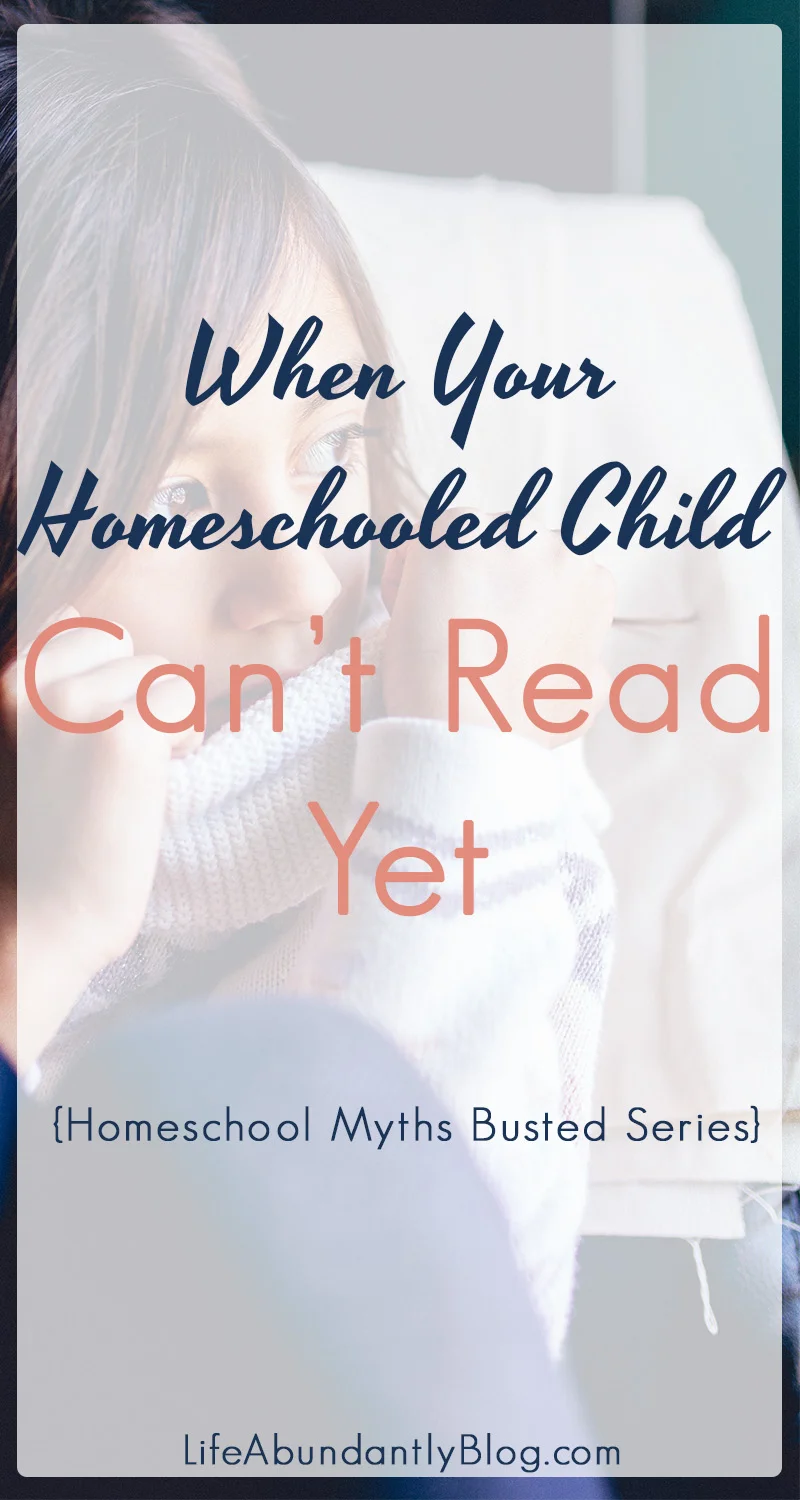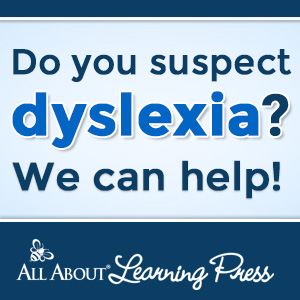Review of Foundational Phonics Program
/You may have noticed, if you've browsed this blog much, that I'm an enthusiastic supporter of All About Reading. So, it may come as a surprise that I'm sharing a review for a different phonics curriculum.
When the author of Foundational Phonics, Ariel Gunther, reached out to me with her gentle phonics program, I was more than intrigued. As we worked for years to get my dyslexic daughter reading on grade level, we tried more than a handful of programs. That process, along with the success my friend Hayley has also had with AAR, left me looking through Foundational Phonics with a discerning eye. So it's only natural that as I share all I love, or might not, about Foundational Phonics, I'll be making a few references to All About Reading as well.
What is Foundational Phonics? Foundational Phonics is a two-volume, complete "learn to read" program created by a homeschool mom (who is a homeschool grad herself) alongside her sister. Long-story short (and you can read the thorough account here), Ariel created Foundational Phonics after searching for a TRUE phonics program, that was simple to implement, pleasant for the child, and effective- without being overtly costly.
I'll go ahead and state up front that Ariel has curated an EXTENSIVE and detailed FAQ section on her website where she addresses her program's relationship to the Orton-Gillingham Method and Spaulding Method. You can read those here, so I won't seek to answer those questions in this review.
There are two volumes of the program- Letter Mastery (Book 1) and Word Mastery (Book 2). Let’s look at each of those in detail.
In Letter Mastery, you begin by teaching your child to identify the letter names, but much more importantly, identify the sounds they make. Each lesson includes an introduction to the letter (displayed in a variety of fonts throughout), a review of previous letter sounds, a "mouth gymnastics" exercise, and the ASL sign for that letter. You then move through a very Charlotte Mason-friendly process of identifying various words and objects that begin with that sound. There are letter searches, prompts to draw an item that begins with the sound, as well as copywork and letter matching. Lastly (and I'll discuss this more in a moment), in lesson 3 you begin to blend letters to create short 2 and 3 letter words. As you progress through the 26 chapters in Book 1, you continue to learn each additional letter sound, decode more and more words, progressing quickly to reading short sentences. At the back of this book, cardstock quality flashcards and sight word cards are available to tear out and utilize.
In Book 2, Word Mastery, you jump right into short vowel sounds and practice reading words like "at, cat, mat, rat" along with copying short sentences. In Chapter 3, syllables are introduced, as well as concepts like open and closed syllables. You then move onto the sounds of "s", consonant twins (ll, ck, ss, etc), consonant couples (like sh, ch, th), consonant blends (bl, cl, sp, br, fr, etc), vowel blends and couples, special sounds for particular letters, finishing up by covering "peculiar vowel sounds", suffixes and silent letters. Each chapter introduces new rules, has ample practice for reading and writing, and progresses quickly from one skill to the next.
So now that we've discussed what it is and how it's structured, I'd love to share my point of view with a few pros and cons.
PROS
1- Before you begin the program, you are encouraged to begin with "ear, tongue, and eye training." As a mom to a dyslexic daughter, I was ecstatic to see this addressed. The importance of the ability to discern the separate sounds in words can not be overstated. As a general preparation for reading readiness, these guidelines should be followed for training the ear to HEAR the letter sounds in the words, the mouth to SAY the separate letter sounds, and the eye to SEE the letters as each sound is being learned. Encoding and decoding are nearly impossible without the ability to hear individual sounds or LOOK at the work that's being presented while they simultaneously LISTEN to what's being said.
2- Another FAVORITE thing about the program is how quickly you move from learning a few letter sounds to blending those sounds together. I think that it is incredibly encouraging to a child who is beginning to read to not labor through all 26 letter sounds before they begin to put those sounds to good use. Ariel mentions ages 3-5 as her target for beginning. My personal target would be two-fold: Begin this program when your child is MATURE enough for reading instruction- meaning they're instructable for at least 5 minutes as well as eager to learn- AND when they're capable of all skills mentioned in point 1 above.
In contrast, All About Reading introduces all 26 letters in uppercase then lowercase THEN their sounds all in the pre-reading book; not until Level 1, lesson 5 does the child begin to blend letters into words.
3- I love the variety of ways in which the letter sounds are introduced and practiced. Whether it's from a visual picture search or through drawing and copywork, they have the opportunity to interact with phonemes in a variety of different ways. I also really appreciate that these activities, copywork, flashcards, and instruction are all in the one book. You truly only need Book 1 to get started which leads to another HUGE Pro...
4- PRICE! There are so many different phonics programs on the market, at a wide variety of price points. Each book of Foundational Phonics is $48, or you can get both for $94. That's an INCREDIBLE price for such a thorough, complete, extensively thought out reading program. Furthermore, book 2, could absolutely be used as a spelling program as well, so it's definitely a huge bang for the buck! The program is also very well made- in spiral book format. I feel like it's of excellent quality, though all images inside the program are in black and white (which is not an issue for me).
5- Each lesson can be beautifully short. I am currently using this program with my son who is 3 years 4 months. We began right after he turned 3. We are only on lesson 5 because his reading isn't high priority right now. We follow his lead fully at this age, and we are taking 3 minutes per lesson... literally. The program is open-and-go (another plus!), so each day we review the letter sounds we've worked on thus far. (He already knows many of them from Leapfrog Letter Factory!). We open it up to one activity and go through it in just a minute. We then practice letter blending to create short words each day for just 1-2 minutes. We alternate the lessons in this program with reading Bob books (which I'll discuss in a moment). Even with an OLDER (more attentive) child, because the program is completely open-and-go, your lessons would be less than 20 minutes at most. The chapters in Book 2 are longer, so you would likely take at least one week per chapter, though maybe much longer (I'll get to this in a second also).
There are actually several more points that I could detail that I love, but I'll skip ahead to a few cons I have as well.
CONS
1- I would feel remiss to say that for some students, the condensed nature of Foundational Phonics may not be a good fit. Essentially, in contrast to All About Reading, you are getting a full reading program in 2 volumes versus 5.. While financially this could be a huge win, for some students, it might not be a good fit.
It reminds me of the rapid pace of The Logic of English which was not a great fit for us with dyslexia in the mix- each lesson holding so much content that we stayed stuck in each lesson for well over a month. I realize my experience is with a profoundly dyslexic child, but even as an adult, in Foundational Phonics (Book 2 in particular), I feel like several skills are pressed together into one unit.
Yes, you can absolutely take all the time you need in each lesson. There's no set pace you must maintain. However, some children may be discouraged by not progressing through to the next lesson more quickly. One suggestion is to begin with Book 1 of Foundational Phonics and see how it goes. If your child displays a "typical" pace of learning to read, then continue to Book 2. If not, then you might consider a slower-paced program that allows small "wins" by moving into the next lesson more quickly. (Alternatively, you could create your own "skill tracker" and have your child get a sticker for each skill rather than each lesson.)
2- There is a lack of leveled readers that particularly correspond to the program. While picture books are offered as options to correlate to each lesson, I remember that one of my biggest frustrations in early reading instruction was finding books that were truly leveled readers, only using phonemes we had covered, without throwing in ridiculous names or 5-syllable words. This is a strong point for All About Reading for me. However, again, my experience with learning disabilities makes me super critical in certain areas. I've found that the Bob books are a good supplement to the program to allow them to practice decoding more.
3- Honestly, point 1 is my only LEGIT concern with this program, and will not apply to the majority of learners. My last con is minor. In most lessons in Book 1, there is a page that has one large image (artistic scene) and your child is to find all objects that begins with the ____ sound. Most of these words seem to be a stretch for a typical 3-4 year old to pick out, some being verbs that wouldn't apply since you feel like you are looking for objects in the pictures. We no longer try to utilize this page. I see the purpose and beauty in it, but think it would apply best to older children.
While I did receive this program completely for free in exchange for my honest review, I hope that you will understand that I fully and completely understand the heavy, sometimes laborious task of teaching your child to read and will never mince words when sharing my perspective. This topic alone has lead to so much disillusionment and confusion in homeschooling (read all my posts here).
If I didn't believe this program to be excellent, I would absolutely let you know. While we are using it right now, I'm not sure if we will long-term (past book 1). My 3 year old is really enjoying that he can blend a few letters together to "make something." I think this is a WONDERFUL way to introduce letter sounds and much prefer it over the All About Reading Pre-Reading. However, I'm very watchful of his progress. As he gets older, if we begin to get stuck in certain areas, I'll be switching over to AAR with him, based on a placement test. I don't believe that those without genetic tendencies toward auditory processing disorder and dyslexia will have to be as watchful as I am
I hope you'll head over to Little Seedlings Press and read more reviews and see more pictures of Foundational Phonics in action!

